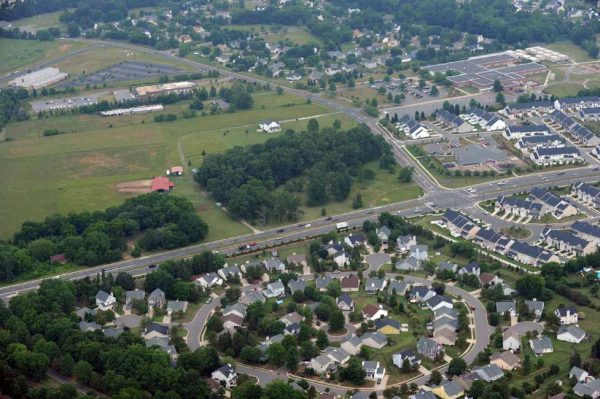Analyzing water, energy use by neighborhood

Which neighborhoods use the most water in Mecklenburg County? Or electrical power? Digging deeper into the Quality of Life data reveals that patterns of water, natural gas and energy usage vary greatly across the county, with complex relationships to income and home size. Take a look at some of the best information in the country on the ways neighborhoods compare in resource use.
Charlotte-Mecklenburg’s new Quality of Life Dashboard is designed to assess the health of neighborhoods in Charlotte and Mecklenburg County. Included in this new, online resource is a host of environmental data available at the neighborhood level.
Mapped below is the water consumption of all single-family meters for each Neighborhood Profile Area (NPA) in the county. By clicking on the tabs above the map, you can view natural gas usage and electric power usage, along with median income, by neighborhood. For each type of resource use, one map shows the pure volume of resources consumed and a second takes home size into account. (Scroll below maps for more information)
Source: Charlotte Mecklenburg Quality of Life Dashboard
The second map above shows the same water use data divided by the average size of single-family homes within each neighborhood. When water consumption is seen compared to the size of homes in those neighborhoods, it gives more context to understand the differences. For instance, a neighborhood near SouthPark mall (NPA 7) has an average water consumption of 16.1 CCF*, putting it in a higher category of average water use compared to other neighborhoods. That neighborhood’s average home size is more than 5,000 square feet**. Calculated as consumption per average square footage of homes, this neighborhood drops to a much lower category compared to other neighborhoods in the county.
By contrast, NPA 292, which is in northwest Charlotte at I-85 and Brookshire Boulevard, has much lower average consumption (5.4 CCF.), but with an average home size of 1,033 heated square feet, the calculation of water use per heated square foot puts this neighborhood in a much higher category of consumption compared to other neighborhoods. Homes in NPA 7 still consume more water than those in NPA 292, but these maps begin to show some of underlying differences that may be affecting resource use. So, while water consumption/square foot is more of an analytical exercise than a practical measurement, adding home size to the equation reverses the pattern seen for much of the county.
Resource consumption in neighborhoods is affected by multiple factors like population density and age of housing stock (all of which are also available in the Quality of Life Dashboard). Examining neighborhood data this way could give decision-makers better understanding of how different parts of the county use resources. The final map in the series above shows median income by neighborhood. This map is included as a point of reference, and shows how consumption patterns may or may not mirror neighborhood income levels.
Sources of data at the neighborhood level are not as commonly available, and resource use data by neighborhood is particularly hard to find – making this a valuable new tool for both researchers and decision-makers.
Keith Waters wrote this article while a graduate student working at the UNC Charlotte Urban Institute in 2012-2013.
*CCF = 100 cubic feet of water consumed for single-family meters within the Neighborhood Profile Area.
**Average heated square footage of single-family, detached homes within the NPA.
Keith Waters